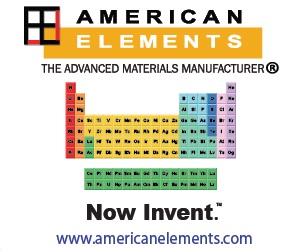
April 22 - 26, 2024
Seattle, Washington
May 7 - 9, 2024 (Virtual)
Symposium Supporters
2024 MRS Spring Meeting & Exhibit
EL01.06.20
Anchoring Hydroxyl Groups on Tin Oxide Nanowires
When and Where
Apr 24, 2024
5:00pm - 7:00pm
5:00pm - 7:00pm
Flex Hall C, Level 2, Summit
Presenter(s)
Co-Author(s)
Cleber Amorim1,2,Estacio Araújo3,Ariano Rodrigues4,Adenílson Chiquito4
University of São Paulo State–UNESP1,Universidade Estadual Paulista2,Brno University of Technology3,Universidade Federal de São carlos4
Abstract
Cleber Amorim1,2,Estacio Araújo3,Ariano Rodrigues4,Adenílson Chiquito4
University of São Paulo State–UNESP1,Universidade Estadual Paulista2,Brno University of Technology3,Universidade Federal de São carlos4
The nanowire functionalization process often takes place due to the need to have functional groups that enable or facilitate the chemical bonding between the inorganic material and the one intended for functionalization. In this study, we report two methods for anchoring hydroxyl groups: i) through nanowire growth using the vapor-solid (VS) approach, followed by treatment at various pH levels with sodium hydroxide (NaOH), and ii) nanowires grown using the vapor-liquid-solid (VLS) method in the presence of water vapor. Structural characterization was conducted through various techniques, including X-ray diffraction, scanning electron microscopy, UV-visible spectroscopy, Raman, and FTIR spectroscopy. Consequently, we observed the presence of OH groups on the material's surface that induced a variation in the material's bandgap when grown in the presence of water vapor. Furthermore, X-ray diffraction analysis revealed no significant alterations in the SnO2 structure.Keywords
chemical reaction | nanostructure
Symposium Organizers
Silvia Armini, IMEC
Santanu Bag, AsterTech
Mandakini Kanungo, Corning Incorporated
Gilad Zorn, General Electric Aerospace
Session Chairs
Silvia Armini
Santanu Bag
Mandakini Kanungo
Gilad Zorn



















